
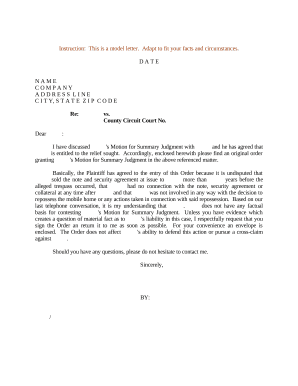
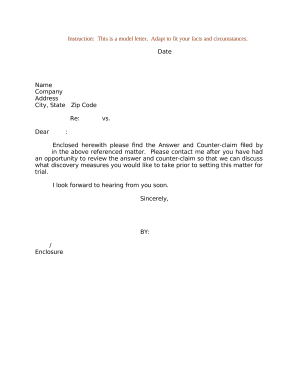

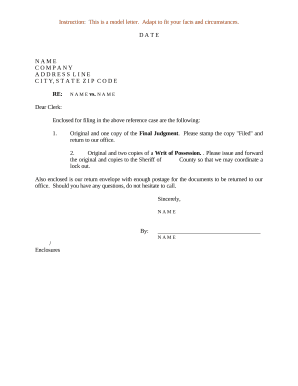
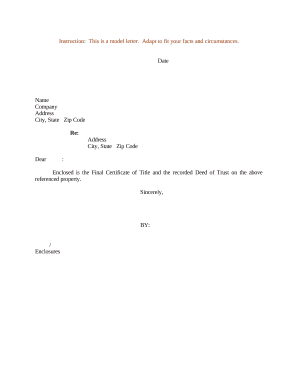



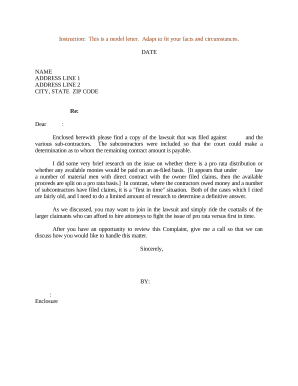





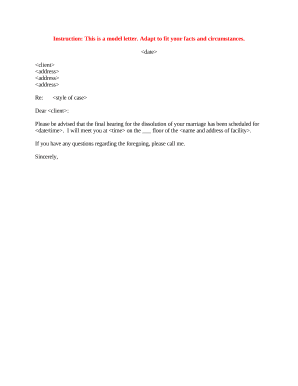
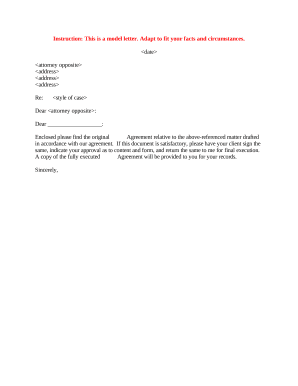
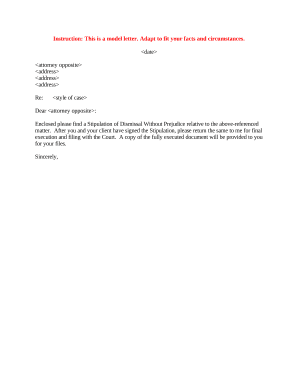

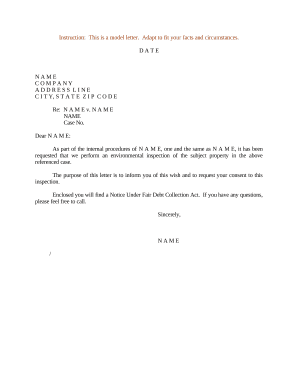
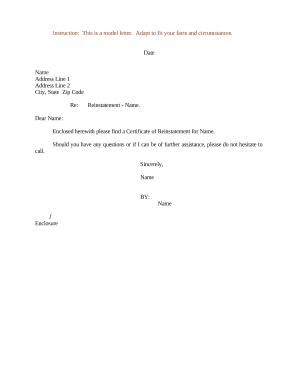

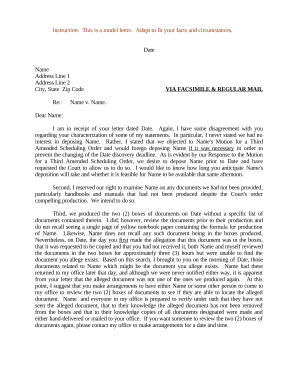
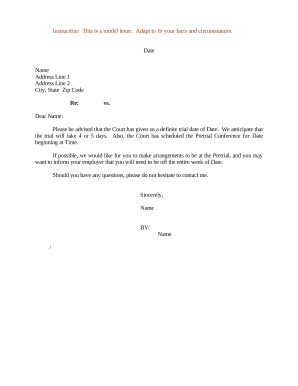
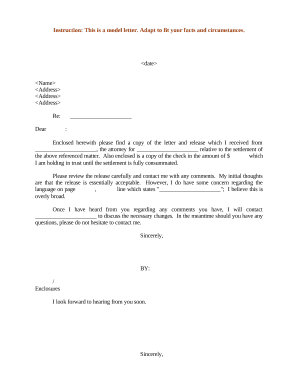
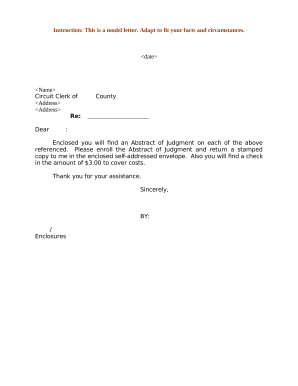
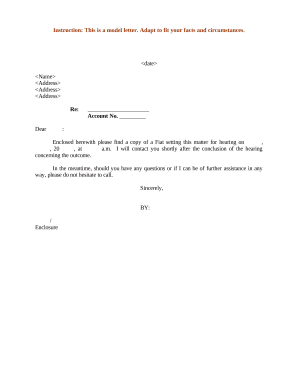
Improve your form managing with our Legal Forms and Letters category with ready-made document templates that meet your needs. Get the document template, alter it, complete it, and share it with your contributors without breaking a sweat. Start working more efficiently with your forms.
The best way to manage our Legal Forms and Letters:
Examine all the opportunities for your online file administration with our Legal Forms and Letters. Get a free free DocHub account today!